Whenever I come across this situation:
I feel a strong urge to make a T - joint like this:
However 90 degrees are usually frowned upon. As such what's a better alternative to this T-joint?
If I follow Tyler's suggestion, I'll get this:
However this contains an acute angle which is even worse.
